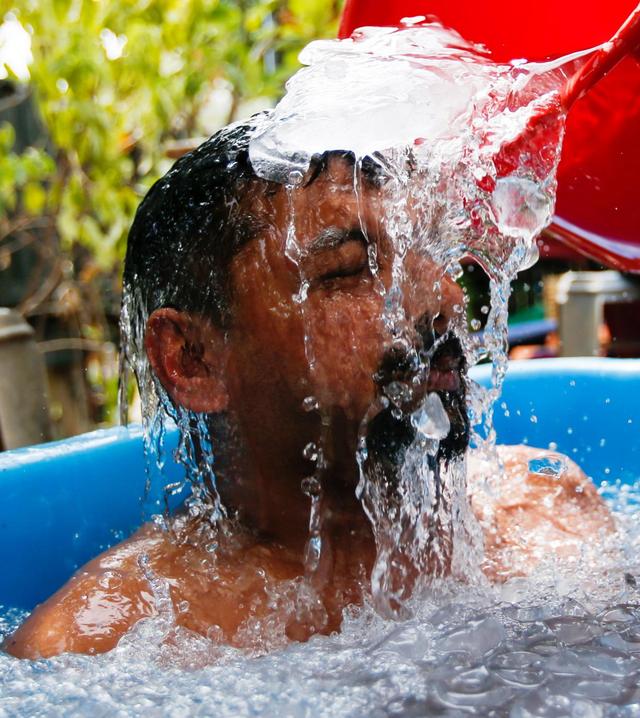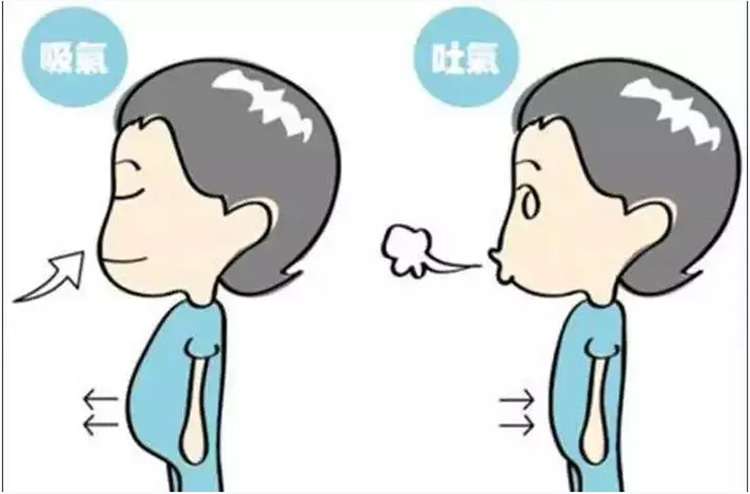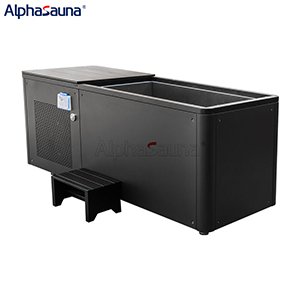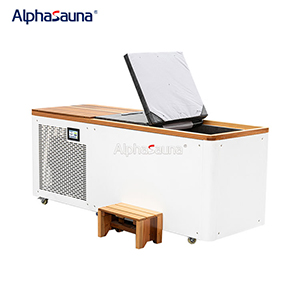Jumping into a lake on a hot summer day can be exhilarating, but in situations like boating accidents, cold plunge immersion poses significant dangers at every stage. In many areas, water temperatures can be extremely low, and your body can lose heat 25 times faster in water than in air of the same temperature! While cold plunge immersion or cold water sprints have been shown to provide health benefits, there are safer ways to achieve these benefits without putting yourself at risk. First, we need to understand the principles behind cold water immersion and then learn how to use it correctly to enhance our journey toward health and wellness.

Positive Effects of Stress on the Body
In life, the brain often associates stress with negative emotions because it creates a sense of discomfort. However, not all stress is harmful. For example, saunas and ice baths are forms of controlled stress. Saunas induce stress through heat; when the body is exposed to high temperatures, it responds by raising its core temperature and heart rate, leading to a series of physiological reactions. Ice baths, on the other hand, apply stress through cold; cold plunge water immersion causes vasoconstriction, changes in heart rate, and activation of the sympathetic nervous system. These controlled exposures to heat and cold can enhance resilience, improve metabolic flexibility, and strengthen the immune system.
Other positive stressors can also boost motivation, improve performance, promote growth, stimulate creativity, and aid in priority management. However, despite these benefits, it is essential to learn how to effectively manage and relieve stress. If not managed properly, stress can intensify its negative effects rather than yield positive outcomes.
You may often engage in cold water immersion, but did you know that the body goes through four distinct stages after exposure to cold water? These stages determine how long the body can safely remain in the water and the various symptoms that may occur. Here are the four stages of cold water immersion:
Stage 1: Cold Shock (0-2 minutes)
When you first immerse your body in cold water, your skin temperature drops rapidly, triggering a series of reflexes known as the "cold shock" response. The main features of this stage include a sudden increase in heart rate and blood pressure, along with gasping and shortness of breath. Simultaneously, the sympathetic nervous system is activated, leading to the release of adrenaline. This hormonal response is a survival instinct, preparing you to deal with potentially dangerous situations. During this initial shock, it’s important to remain calm, control your breathing, and manage the discomfort to avoid panic.
Stage 2: Breathing Adjustment (1-3 minutes)
As your body gradually adapts to the cold water, your breathing becomes more stable, and your heart rate begins to return to normal. To maintain the core temperature of vital organs, blood is redirected from the extremities to the body’s core. As a result, you may feel numbness and tingling in your fingers and toes. However, don’t worry—your body will periodically restore blood flow to these areas to prevent tissue damage. This stage marks the transition from initial tension to adaptation, allowing you to start feeling the sobering and calming effects of the cold water. This is a crucial stage in cold water immersion and the beginning of experiencing its benefits!
Stage 3: Physical Adaptation (3-7 minutes)
By the third stage, your body has largely adapted to the cold water, and the sensation of cold may become more tolerable. This is because cold water stimulation triggers the release of endorphins, which act as natural painkillers and "happy hormones." At this stage, you may feel a sense of euphoria or mild excitement, leaving you feeling positive and energized. You may also experience deep relaxation, with heightened mental clarity and focus, similar to the effects of meditation.
Though prolonged exposure at this stage can be dangerous, short and controlled immersion can offer benefits such as activating brown fat and reducing inflammation.
Stage 4: Cooling (Beyond 7 minutes)
If immersion lasts longer than seven minutes, your body may begin to enter a deep cooling state. At this point, the effects of cold water on the body become more pronounced, leading to a further drop in body temperature, accompanied by chills and other discomforts. It's essential to pay close attention to your body’s signals during this stage.
In the early phase of deep cooling, blood is primarily concentrated in the core to protect vital organs. Shivering occurs as a natural response to generate heat, as your muscles contract in an attempt to resist further cooling. Continued exposure to cold water at this stage may cause discomfort or even renewed anxiety. Mental endurance becomes particularly important, and you may need to rely on willpower to stay calm. However, if you begin to feel extremely cold, dizzy, nauseous, or confused, it’s crucial to end the cold water immersion immediately. These symptoms may be early signs of hypothermia, and continued immersion could pose serious health risks. Therefore, monitoring your body’s signals during the fourth stage is vital to avoid pushing yourself too far.
How to Use Cold Water Immersion Safely
As mentioned above, if you immerse yourself in cold water in a lake, it can be challenging to avoid potential dangers. This is why many people choose ice baths for cold water immersion. Ice baths provide a safe and controlled environment that allows you to maximize the benefits of the first three stages while avoiding the risks associated with the fourth stage. The temperature of a typical ice bath ranges between 40-55°F, depending on the ice melt or the chiller setting. Naturally, different tubs may offer different experiences.
If you want to safely engage in cold water immersion, the experts at Alphasauna recommend the following tips:
Prepare Ice Bath Supplies in Advance
Before taking an ice bath, ensure you have warm clothes, blankets, and hot beverages ready. These will help you quickly restore body heat after exiting the cold environment. It’s also important to note that whether you’re a beginner or an experienced ice bath enthusiast, you should never use an ice bath alone to prevent potential dangers.

Practice Breathing
As in the first stage of cold water immersion, when your body comes into contact with cold water, you may experience shortness of breath, increased heart rate, and elevated blood pressure. Practicing breathing techniques in advance can help you quickly regain calmness, which is crucial. Techniques like box breathing or the Wim Hof method can be practiced several times before entering the water to alleviate tension and discomfort. Proper breathing not only improves oxygen delivery to body tissues but also supports the body’s stress response, thereby enhancing the overall ice bath experience.
Be Mentally Prepared for the Cold
Physiological reactions are only part of the experience. When entering cold immersion, it’s essential to mentally prepare yourself for the cold to avoid panic. Having companions or family members present can be encouraging and provide mutual support. Remind each other to stay calm and breathe correctly throughout the immersion, making it easier to manage the initial cold shock and thus maximize the benefits of the second and third stages.
Conclusion
No matter which type of cold water immersion you choose, the experts at Alphasauna recommend prioritizing safety above all else. If you experience any discomfort during cold water immersion, exit the water immediately and consult a doctor. Always take appropriate protective measures.
If you want to experience the benefits of cold water immersion in a safe environment, please contact us! Alphasauna offers a variety of ice baths suitable for home use, providing a convenient, clean, and effective way to enjoy the benefits of cold water immersion at home. These ice baths are typically equipped with an ice bath chiller to ensure precise temperature control, along with ozone disinfection and impurity filtration systems. For more details, please contact our Alphasauna supplier.










